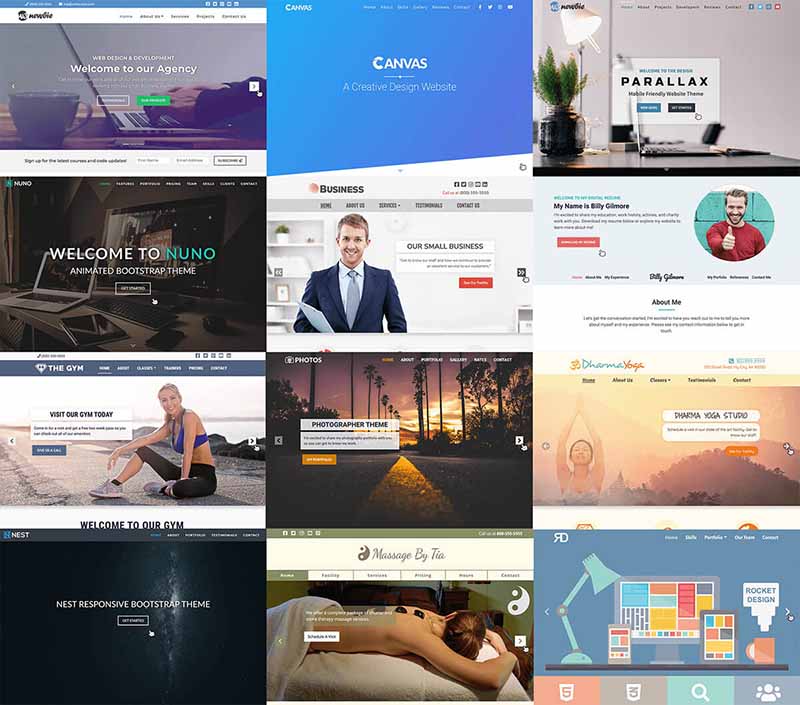CSS Opacity
CSS opacity refers to the degree to which content behind an element is visible, essentially controlling its transparency. It allows you to create layered effects, add subtle visual emphasis, and enhance user experience on your web pages.
Here’s CSS opacity it works:
1. Transparency Levels:
- The
opacityproperty defines the transparency level of an element, ranging from 0 (completely transparent) to 1 (fully opaque, default). - Values between 0 and 1 create varying degrees of semi-transparency.
2. Visual Effects:
- Use transparent elements for overlays, subtle backgrounds, or hover effects.
- Create layered elements with varying opacities, adding depth and dimension to your design.
- Highlight specific content by increasing its opacity compared to its surroundings.
3. Accessibility Considerations:
- Ensure sufficient contrast between text and its background, even with transparent elements, to maintain readability for users with visual impairments.
- Avoid relying solely on opacity to convey important information, as some assistive technologies might not interpret it correctly.
4. CSS Opacity Examples:
CSS:
div {
background-color: rgba(255, 0, 0, 0.5); /* 50% transparent red background */
}
a:hover {
opacity: 0.7; /* Slightly dim the link on hover */
}
img {
opacity: 0.8; /* Overlay image with 20% transparency */
}Key Points:
- Opacity values range from 0 (fully transparent) to 1 (fully opaque).
- Use the
opacityproperty to set opacity. - Apply opacity to any element, including images, text, and backgrounds.
- Use transitions for smooth opacity changes.
- RGBA color values allow for transparency in text and background colors.
Best Practices:
- Use opacity strategically to enhance design and user experience, not just for decoration.
- Consider accessibility and maintain adequate contrast for text readability.
- Test your website’s appearance with different transparency levels across various devices and browsers.
Mastering CSS opacity opens up creative possibilities for dynamic and engaging web design. Remember, balance visual appeal with accessibility, and experiment with different levels of transparency to bring your design vision to life!





